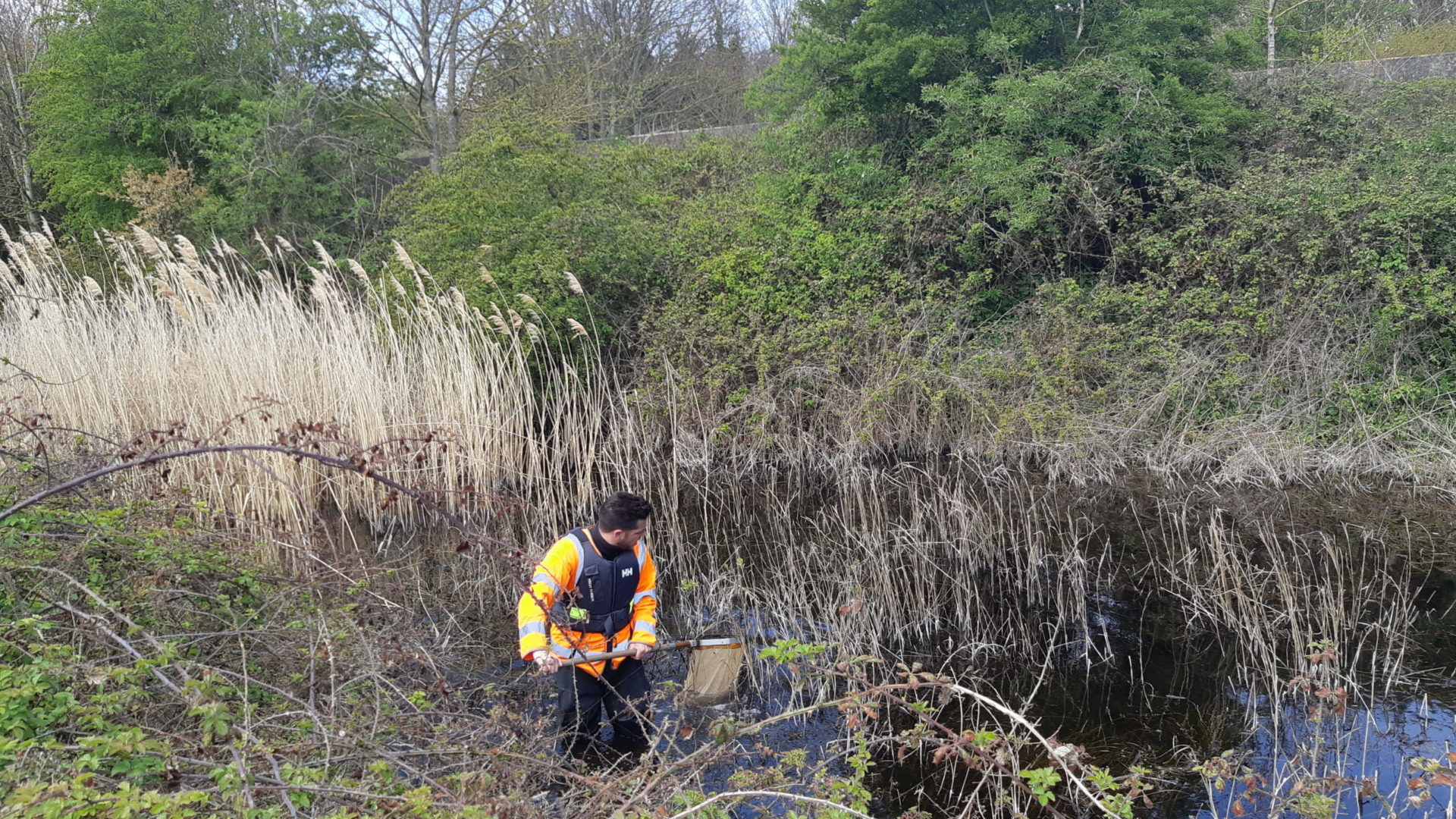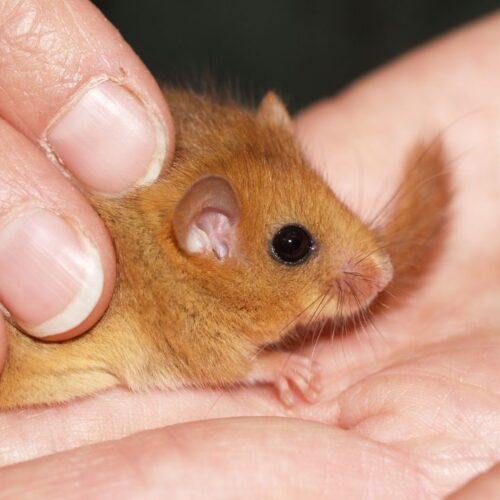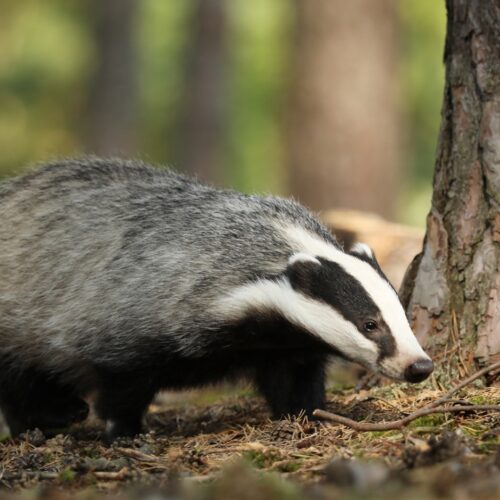To celebrate International Day of Action for Rivers our aquatic consultant Oliver Brooks explains how monitoring river biodiversity is used to indicate river health and water quality.
International Day of Action for Rivers 2022
Today, March 14th, we’re joining the not-for-profit organization, International Rivers, to celebrate the 25th anniversary of the International Day of Action for Rivers. Each year, events are hosted worldwide, from clean-ups to seminars, encouraging the global community to learn about rivers and the vital roles they play for the environment and for people. This year’s theme highlights the importance of rivers to biodiversity – for animals, plants, fungi and even microorganisms.
Our river ecosystems are under threat
Pressure from climate change and human activities threatens many river systems, with at least half the world’s rivers being altered by human disturbance (Su et al., 2021). From plastic pollution to overfishing and water abstraction, the riverine environment is exploited and altered by surrounding human activities. Often these have negative impacts for the biodiversity of these systems, ranging from changes to fish, insect and plant communities to the complete loss of these groups. Conserving the species living in watercourses is key to maintaining the ecological quality of these systems which humans and the surrounding environment rely on.
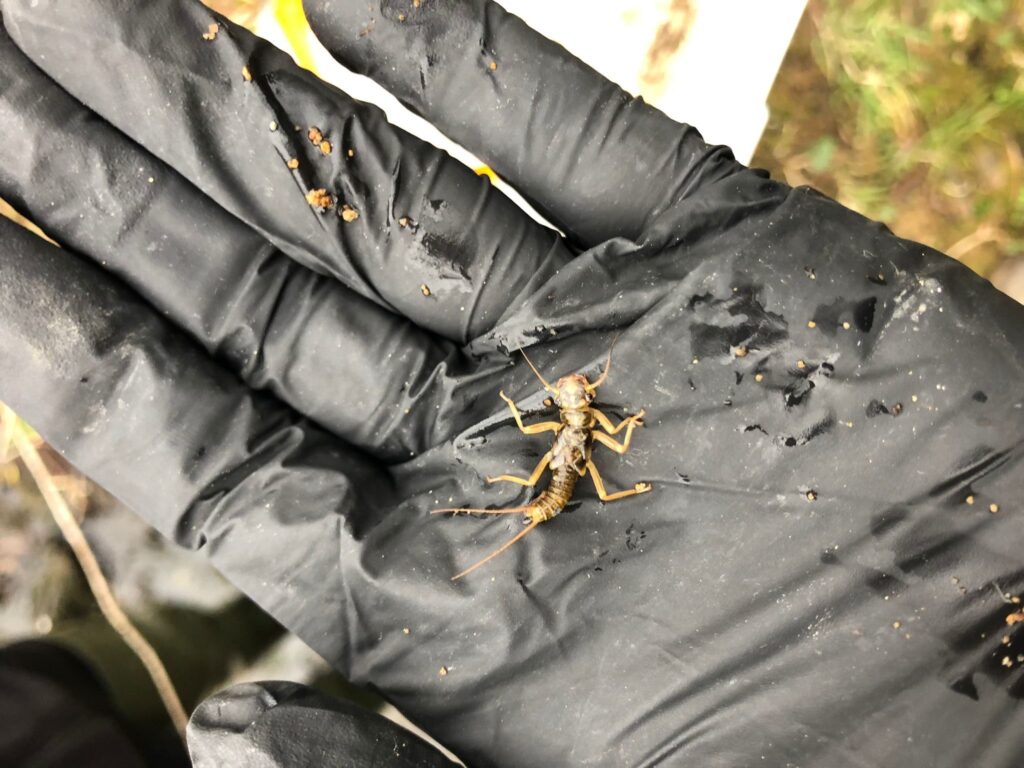
Current condition of our UK rivers
The Water Framework Directive provides the basis for our laws in the UK covering the protection of environmental quality (known as ecological status) in rives and lakes. Rivers are classified according to their ecological status based on their chemical, physical and biological condition. However, according to a recent report by the Environmental Audit Committee (2022), as little as 14% of England’s rivers have Good ecological status.
A key issue affecting river water quality, which has received plenty of recent press attention, is the discharge of raw sewage into rivers from Combined Sewer Overflows (CSO), often following heavy rainfall. The organic material in sewage is broken down by microorganisms in a process which uses oxygen dissolved in the water. Dissolved oxygen is critical to fish and many insect species living on the riverbed. As the levels of organic material increase, more oxygen is used by microorganisms to break it down, leading to increased stress and even the death of fish, and long-term reductions in the range of species living in the river. Measuring of dissolved oxygen and microbial activity (known as biochemical oxygen demand or BOD) can give us an idea of water quality. However, these chemical indicators change from one moment to the next and so it is often better to determine the health of a river by monitoring biodiversity – i.e. fish, insects (or macroinvertebrates) and aquatic plants.
How does river biodiversity determine water quality?
The organisms present in a river can give us an indication of water and habitat quality, emphasizing the importance of conserving river biodiversity. By sampling and monitoring macroinvertebrate communities in rivers throughout the year, we can understand the seasonal variability in water quality and identify streams which are under pressure from organic pollution. For example, groups such as mayfly, stonefly and caddisfly are sensitive to organic pollution. Therefore, their presence in a river may indicate low levels of organic pollution and inherently higher water quality than streams with less sensitive groups. So not only does river biodiversity help to support a healthy ecosystem but it provides us with an additional tool to monitor water quality.
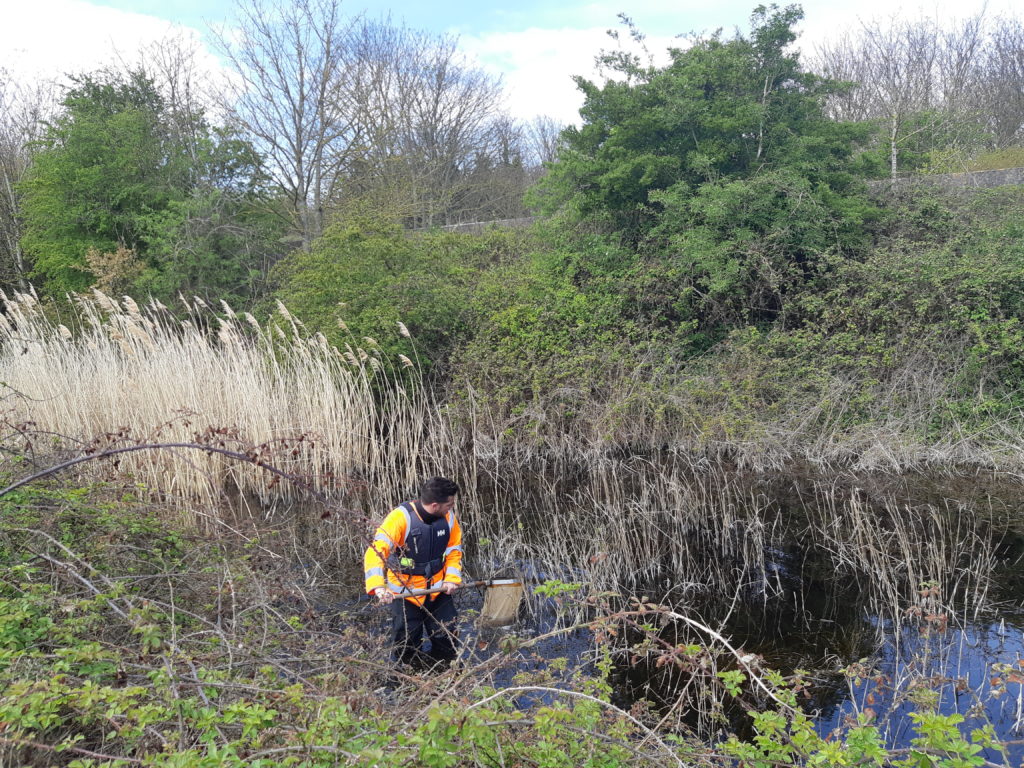
How Thomson aquatic team can help
Our team of freshwater ecologists at Thomson environmental consultants regularly undertake macroinvertebrate sampling in rivers across the UK through a range of methods such as netting and air lifting. By collecting samples from macroinvertebrate communities, identifying the species found and undertaking a range of analyses of biological indices, we are able to utilize the biodiversity of river systems to monitor water quality. Following this, the results can be used to inform management and conservation to better protect the biodiversity of our rivers and the crucial ecosystem services they provide.
Check out our freshwater ecology pages or contact our team to find out more.
